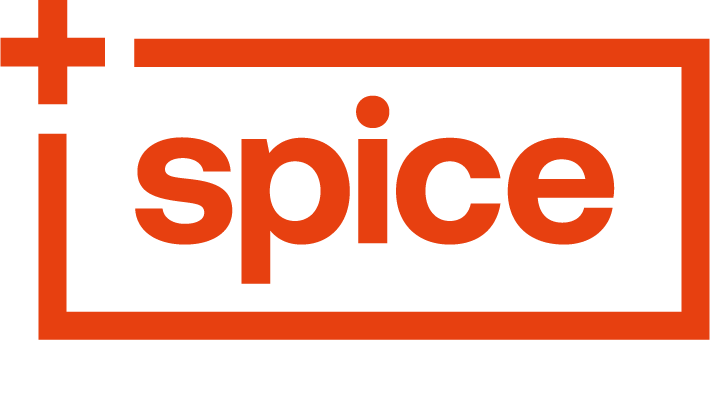
The new year is always a great opportunity for a new start.
It is a time when most businesses set goals. But this year, your goal setting might look a little different.
2022 was a more challenging year than anyone anticipated. We were expecting it to be our return to normalcy and a time to find our feet again.
Instead, it was something quite different. Many of us reached the end of the year tired and burned out. 2023 looks like it may hold a whole new set of challenges, so let’s explore how you can future proof your business and your team by having a people focused approach for the year ahead.
Future Proofing And Upskilling Your Team For The Year Ahead
Set Your Focus
In previous years, your business goals were probably based on practical elements like growth and revenue targets. While you might still be setting these kinds of goals for 2023, it is also important to think about your key asset – the people element of your business.
Everyone has experienced a rough couple of years. While Covid restrictions have been lifted, life has not returned to the way it was before. As a result, people are tired and they are looking for more in their lives than simply going to work to earn a living. So, you’ll need to keep this in mind when setting your focus for the year ahead.
Your workplace should be a destination that people want to come to each day. Consider how you can make it a great, welcoming space and uphold a positive team morale. One way to do that is to build a focus on investing in your internal staff to retain the great talent you have.
Here are some ways you can do that.
Invest In Your Team
If you have amazing people in your team, your 2023 focus should be retaining and developing that talent. Why? Well firstly, you want to keep that great team!
Obviously, it is far easier to retain the amazing staff you have than it would be to hire new employees. Apart from the monetary cost to your business of advertising, hiring and training new staff, there is also an opportunity cost of losing great people. You may not be able to recruit others of the same caliber or those that work together as well as your current team do.
Plus, investing in your team is greatly rewarding. Not only do the employees you know, like, and trust gain greater skills and further their professional knowledge, but they also become more productive, loyal and motivated. This can only mean good things for them and for your business.
So, how do you do it?
Upskilling For All
In the last few years, it hasn’t felt as if there’s been much time for progression. The focus has been more about treading water and staying afloat to weather the current storm.
With many businesses starting to look to the future, what do you want that to look like for your team?”
The answer should be a happy, healthy, empowered team who enjoy their work. Some of that comes down to creating a great team environment to work in. But, another element is the chance for progression. Now, that doesn’t necessarily mean promotions for everyone. Progression of skills and opportunities is also really attractive.
Types Of Upskilling
This 2023, factor in how you can upskill your staff. This can include team-wide skills training via workshops, conferences and training days. But, it can also include encouraging your staff to pursue individual interests via short courses and study programmes. These could be both free and paid courses to support the progression and growth of your team.
A vital area to include in your training programme is financial literacy. While this might not be pertinent to an employee’s professional role, it will certainly help them in a personal capacity.
Current economic predictions are quite bleak, so helping your team navigate the impending situation is not only responsible, but helpful for maintaining a calm workplace that is free from as much stress as possible.
Training The Trainers
Much of the internal training within a company falls to leaders and management. So, don’t forget to factor in training for the trainers!
Of course, that means the usual forms of professional development that you would usually have in place for your leaders. But, it also means exploring what it means to manage a team in a post-pandemic environment.
Consider what new ways of working mean for your company. Things like handling hybrid working and leading a remote team might be new for some of your management team. They might have leadership skill gaps that need plugging.
Implement training and development to address these areas and support them to confidently lead hybrid or remote teams and everything that comes along with working in 2023.
Ready to tackle 2023 head on? As we mentioned above, this year is likely to be a lot more people-focused than in previous years. You may find you need to revisit your HR policies and procedures.
If you need help with policies and procedures, upskilling, engagement or any other HR related questions the Spice Gals are here to help you!



